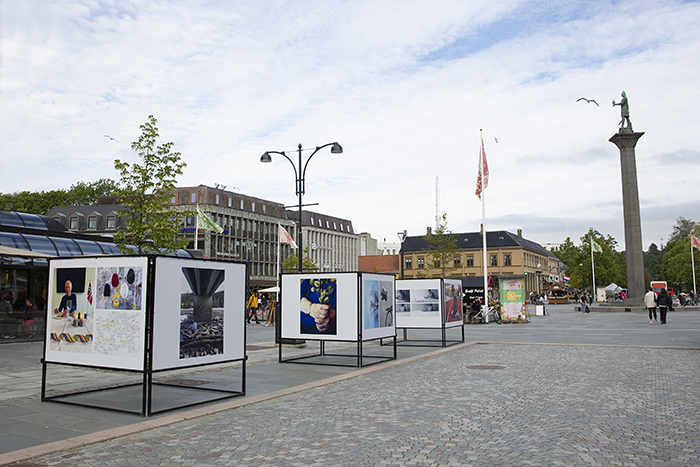| The Kintsugi Project (2020-2021) | ||||||||||||||||||||||||
 |
||||||||||||||||||||||||
| Participation & Photography & Book & Exhibitions & Public space | ||||||||||||||||||||||||
|
||||||||||||||||||||||||
NORWAY: How to navigate social photography during a pandemic? How to engage with participants in a user-friendly way? Do participants have real influence or is it a pseudo influence? To what extent should I direct during the creative process? In all parts or a few parts? What kind of documentary methods as in different ways of collecting a material could I use? The Kintsugi Project (2021) began in Norway during the COVID-19 pandemic when a group of women came together to discuss, investigate and share experiences of being ‘Next of Kin’. What does it mean to be next of kin, who are next of kin? Is it your family or someone else and what happens if for some reason you are not able to be the next of kin? The project began with a mobile photography workshop conducted by the artist Brynhild Bye-Tiller, which became the basis for further research and exhibitions about the role next of kin play. The group of participants was asked to use their voice through photography. They told powerful visual stories through the camera lens. Personal stories from their lives. The first iteration of The Kintsugi Project was exhibited in Trondheim in summer 2021, with a secondary exhibition in Levanger. The Kintsugi Project also became the basis of Brynhild Bye-Tiller's artistic work in "The Kluven exhibition" at Studio 44 in Stockholm and the final exhibition in the digital residency and European project "Woven Network Nordics" (2021-2022). Kintsugi was a cooperation between artist Brynhild Bye-Tiller, several organizations within prevention and mental health (Norwegian Red Cross, For Fangers Pårørende, Link Trondheim) and members of the public. The Kintsugi Project was based on Bye-Tiller’s socially engaged, photographic art practice, which continually explores the tensions between participation and documentary photography. Bye-Tiller’s work examines authorship, authenticity, method, usability and structure, and corresponding concerns about what kind of elements exist and how to use them in art. Bye-Tiller also produced a publication that documents and makes the project and the art works available. A publication that documents the process and examines current artistic issues. The project was supported by Trondelag county, Trondheim municipality and NBK Vederlagsfondet. The name Kintsugi comes from a japanese craft tradition, where one puts together the bits from a broken ceramic bowl with gold. To make it yet stronger and even more beautiful. The creative process in developing the exhibitions was repair work that dealt with both positive and negative aspects of kinship relations.
|
||||||||||||||||||||||||



